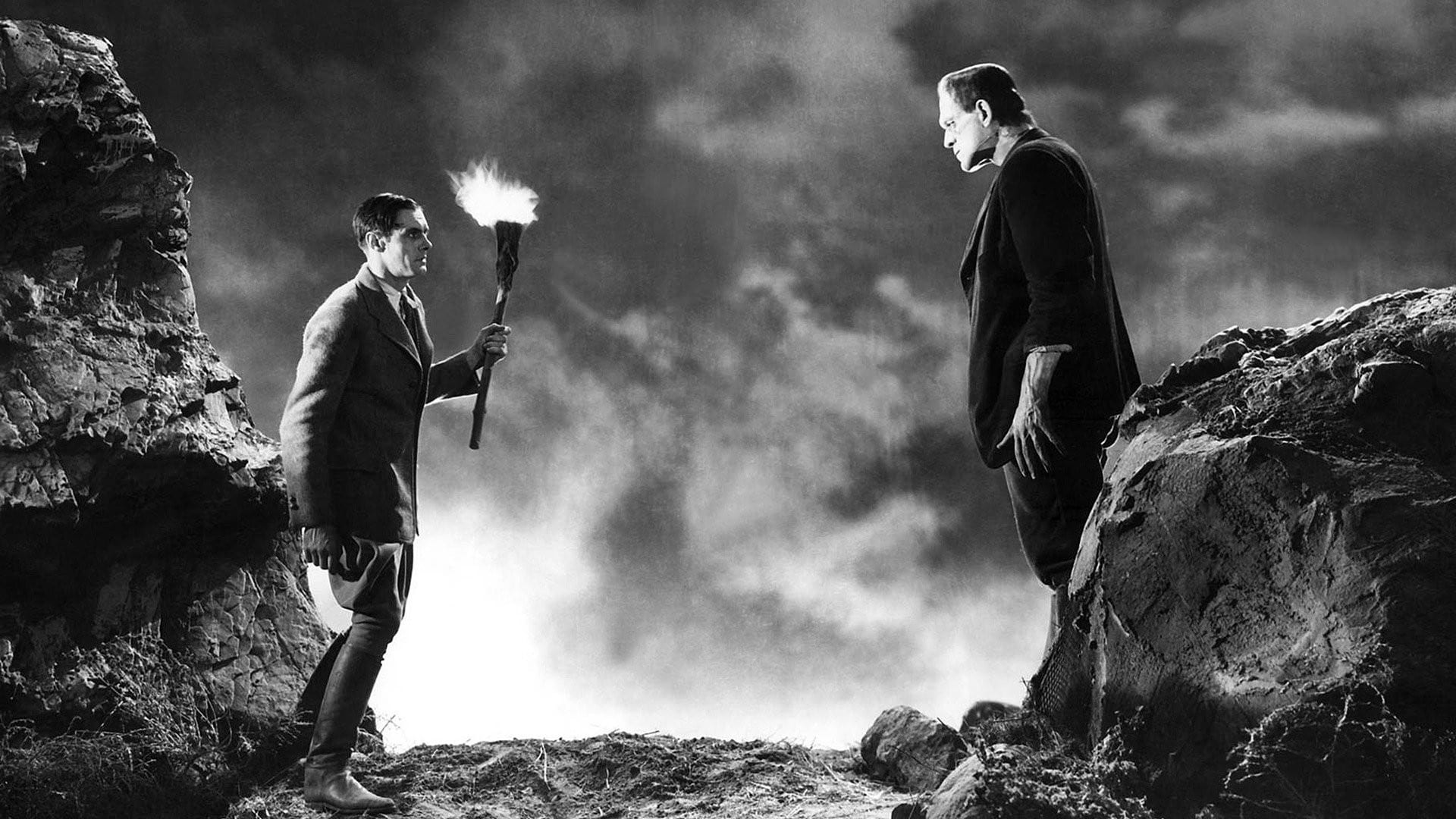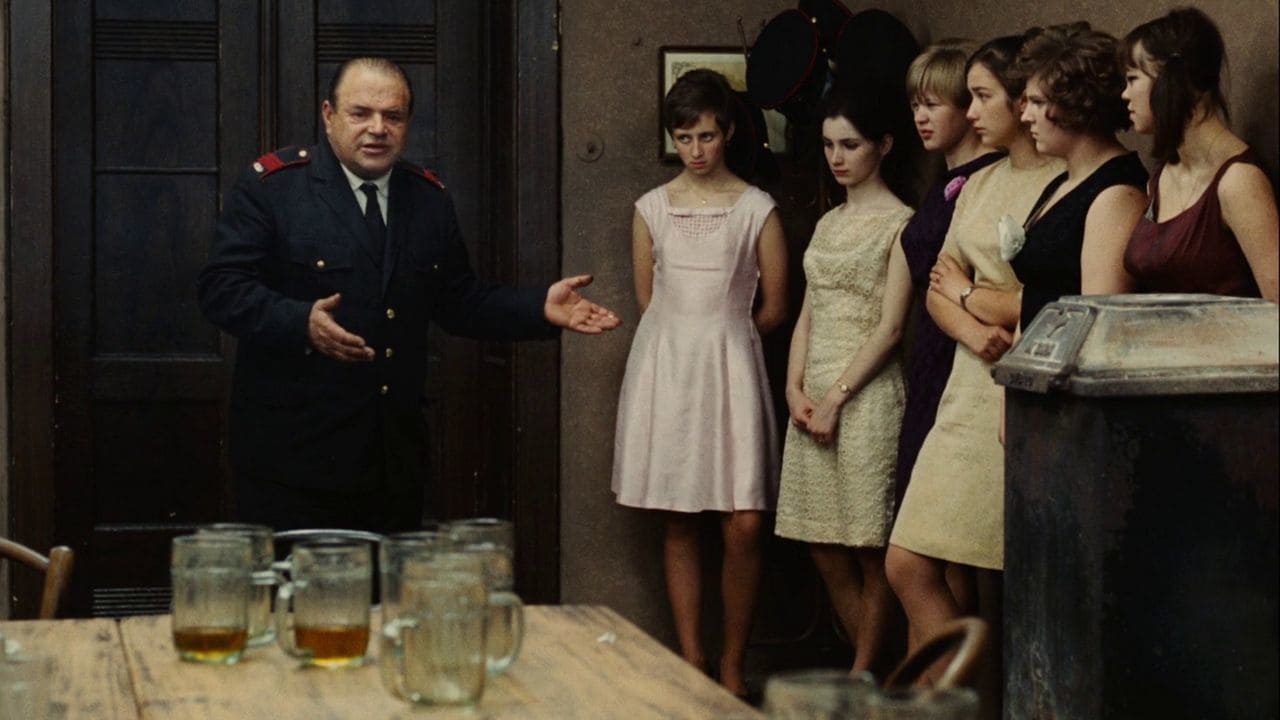Tag: nicole diroff
-

Real Monsters and Real Disgust: Comparing Reception of FREAKS and FRANKENSTEIN
INTRODUCTION Scholarship surrounding Tod Browning’s Freaks (1932) mostly includes discussion about public perception of disability. This discussion is certainly warranted, but I am hesitant to place sole responsibility for the film’s poor reception on said perception. Indeed, to place such emphasis on viewer attitudes about disability is to ignore systematic exploitation and “othering” of disabled…
-

Transnational Satire: Communism v. Capitalism
Introduction and Historical Background Despite the United States’ desire to keep communism contained, it could be found everywhere in the post-war world. This essay will explore the transnationality of communism through satire, specifically Milos Forman’s The Firemen’s Ball (1967), Billy Wilder’s One, Two, Three (1961) and Stanley Kubrick’s Dr. Strangelove (1964). These three films examine…